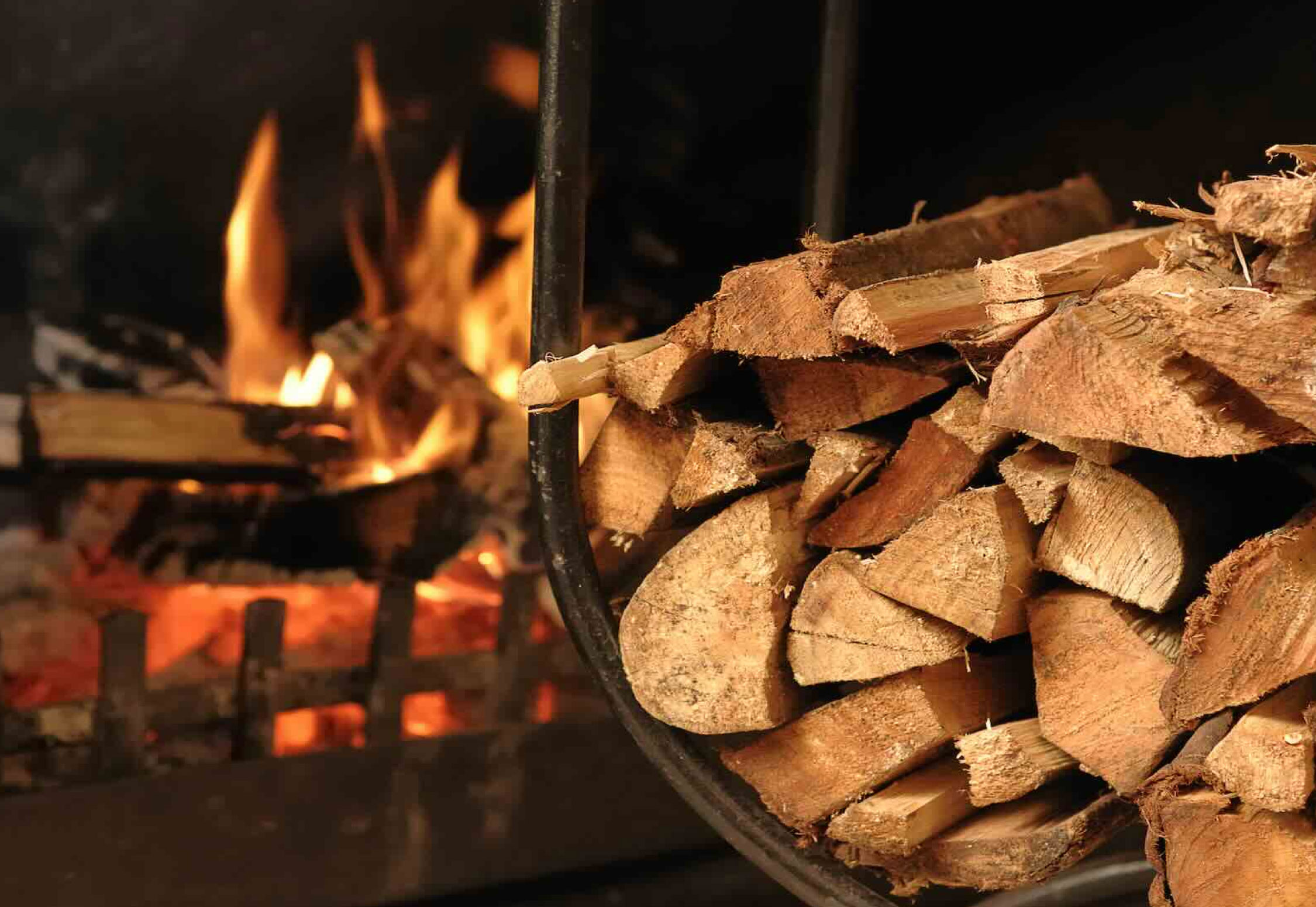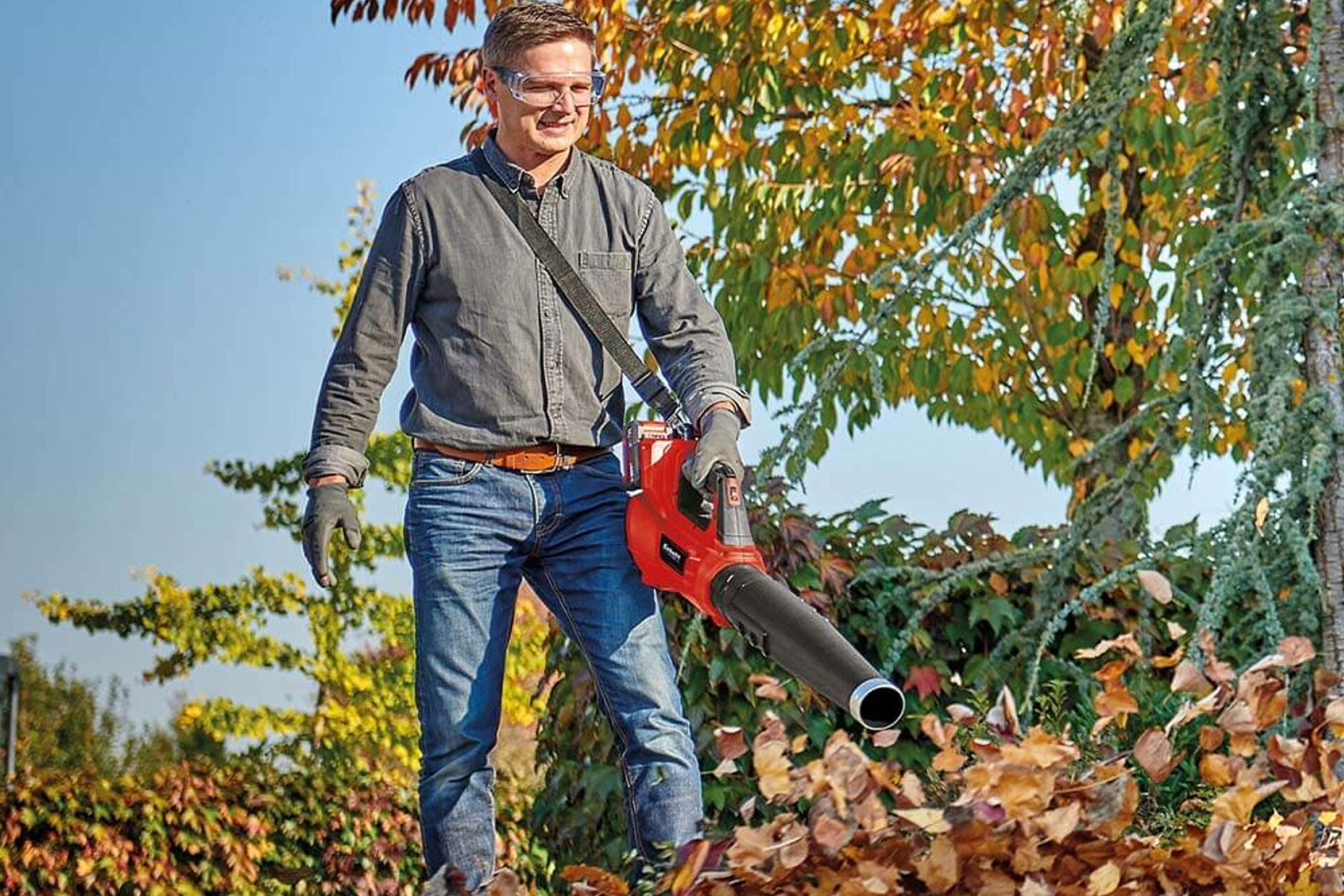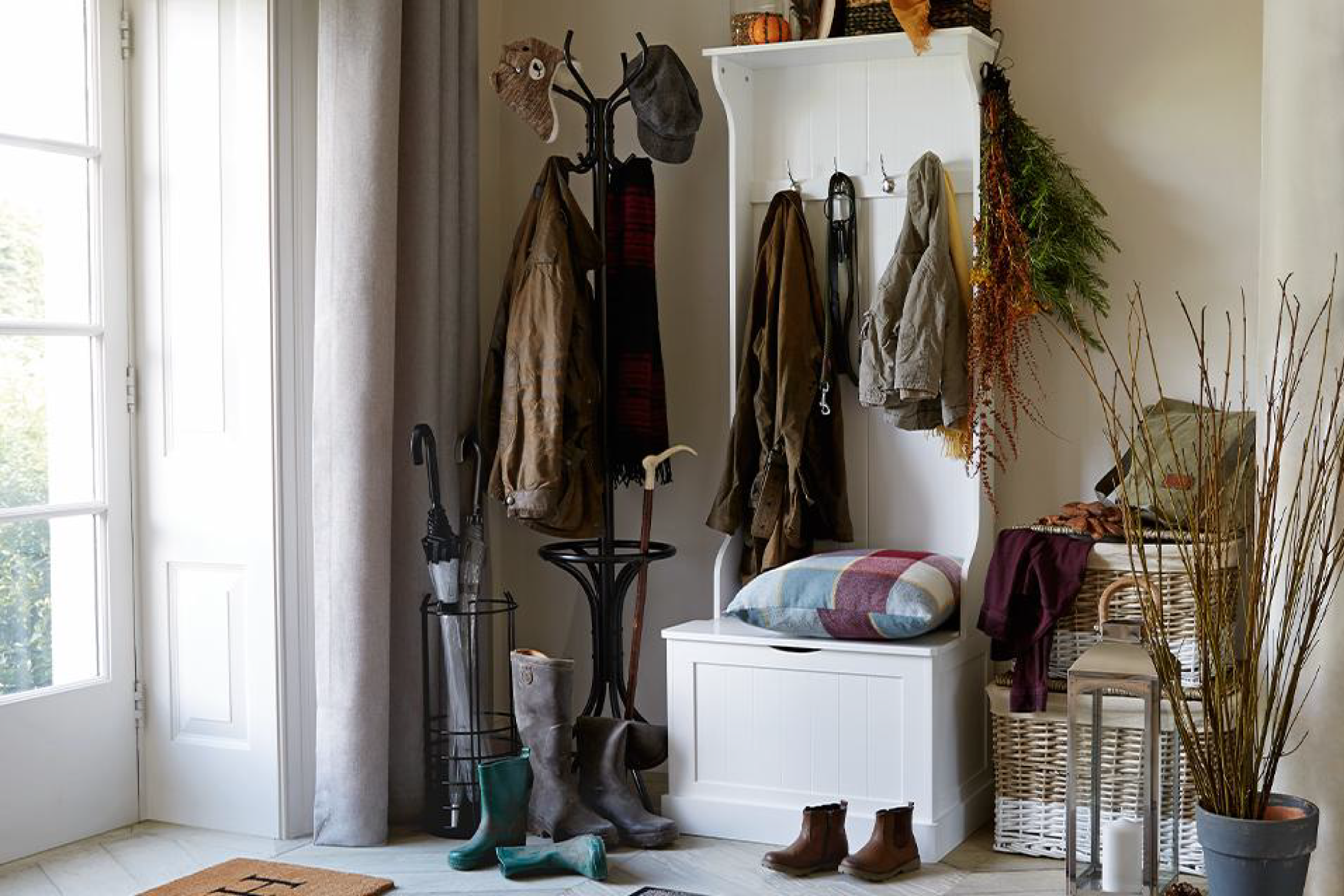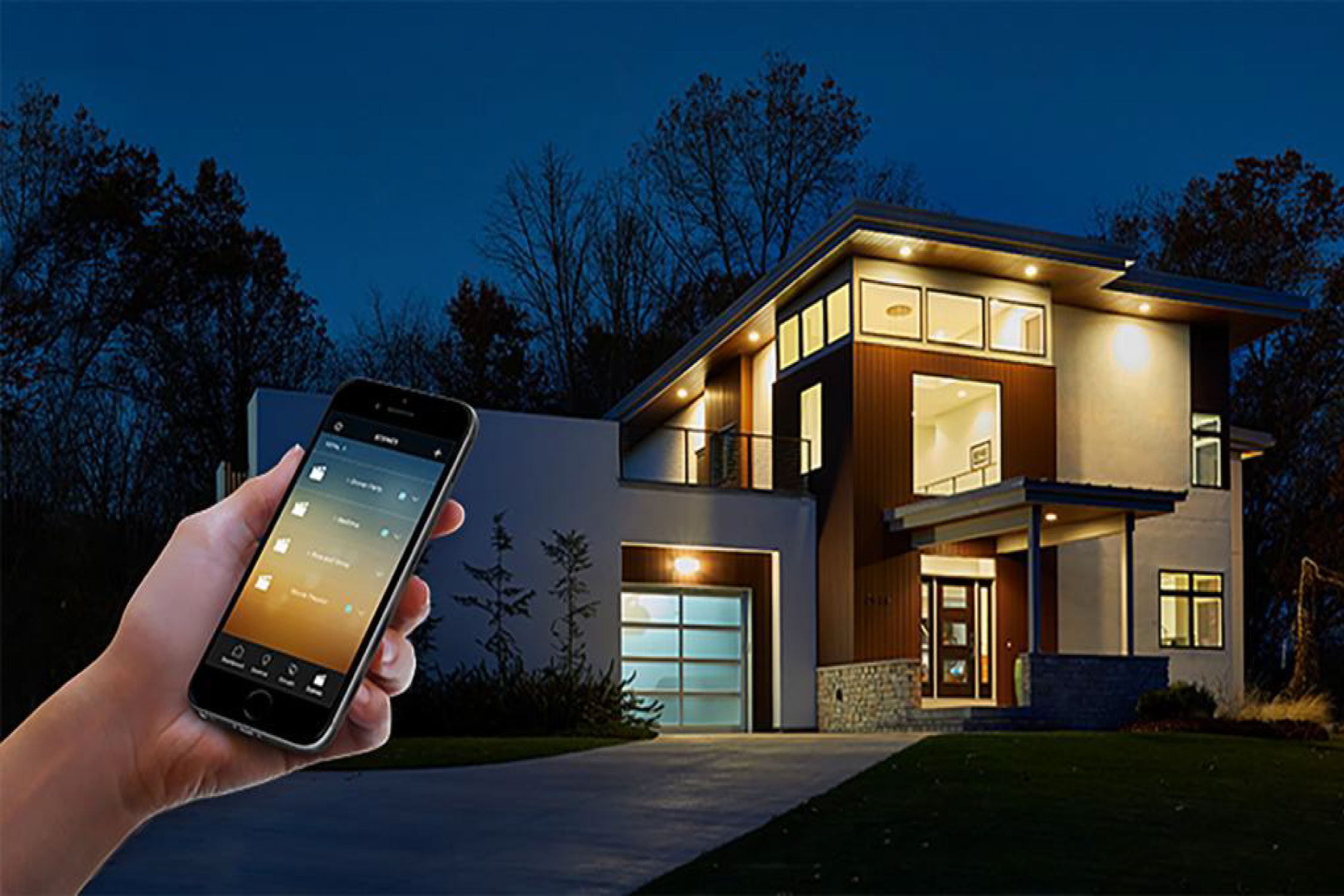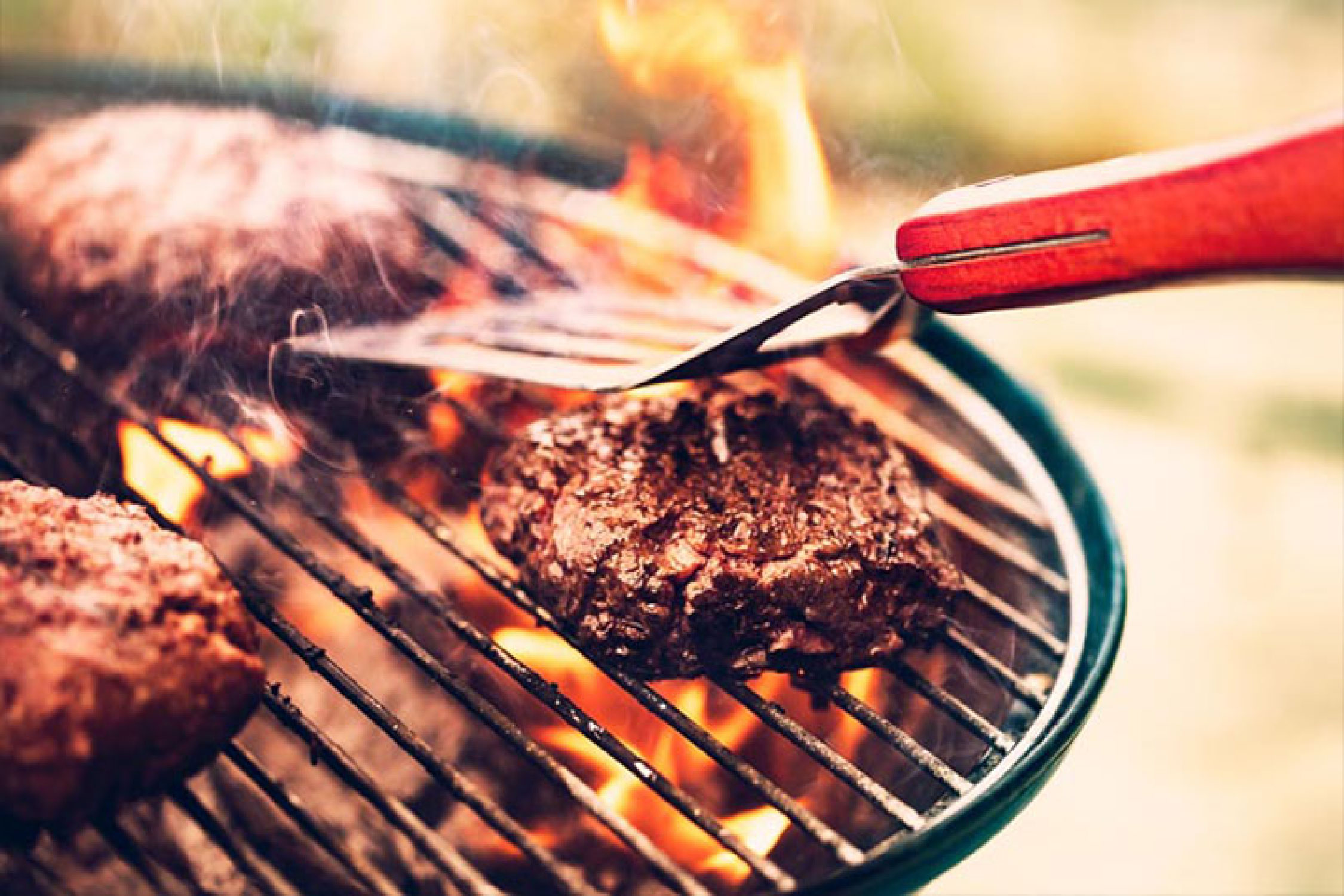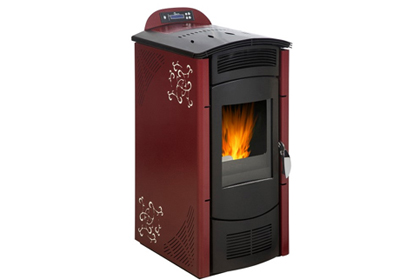How Do Wood Burners Work?
Wood burners warm through radiant heat and many have a built-in or optional blower to help distribute heat more evenly over a larger area. Blowers help save fuel and increase the overall comfort level in the space being heated. Some models provide enough surface space to cook on and most provide an enjoyable view of the flame. Both wood and wood pellet burners burn wood, which is carbon neutral, making either choice better for the environment than natural gas or petroleum-burning heaters. Some newer wood burners include a catalytic combustor resulting in cleaner exhaust gases. Wood pellet burners operate at much lower temperatures, are often cool to the touch, and utilize a built-in blower to help warm a room.
The wood pellet burner has a built-in pellet hopper and automated feed system that delivers wood pellets into the burner’s burn chamber where combustion air is forced through the fire to create a furnace-like effect. The feeder system allows the fire to burn longer without loading than a traditional wood burner. State-of-the-art technology helps control fuel-to-air ratio within the burner and ensures a complete combustion of the fuel. Maintenance depends on your burner choice.
A non-catalytic wood burner may take longer to heat and produce more smoke, but it is less expensive and requires less servicing. A catalytic wood burner must be inspected regularly and serviced. Wood pellet burners are easy to maintain, but routine maintenance is necessary to ensure it functions properly.
Tip: Both wood and wood pellet burners are available as standalone units or as fireplace inserts that make use of existing masonry or prefab fireplaces and chimneys. Inserts require less space but can be more difficult to install. What Are Wood Pellets? Wood pellets have the lowest particulate matter emissions of all fuels. Their density allows them to produce lots of heat and very little ash. Wood pellets typically come from mills, furniture manufacturers, recycling centres, sawdust, logging residue or paper packaging. The wood is dried and compressed into small cylinder-shaped pieces of wood similar in shape to rabbit food. Pellets are sold in bags or by the ton and vary in size from 3/8 inch to 1 inch.
Wood vs. Wood Pellets
Wood burners remain the traditional choice, but wood pellet burners are gaining in popularity for their convenience and Earth-friendly appeal.
Wood remains the more popular fuel because it is widely available, affordable and pleasant to view as it burns. You can vary your heating capacity based on the type of wood and its seasoning. It may require chopping and is cumbersome to stack and load. It also creates smoke, requiring a chimney exhaust.
Wood pellets are tightly compacted and dense, creating a more efficient, consistent and cleaner burn than wood. The low emission levels produce minimum soot, ash and creosote, which helps protect the environment.
Wood Pellet Stoves by the Numbers
- Freestanding models can heat from 1,000 to 3,000 square feet
- Burns about 15 percent more efficiently than wood stoves
- Uses less electricity than four 100-watt light bulbs on the “high” setting
- Pellets contain about 15 percent to 50 percent less moisture than wood
- A 40-pound bag can provide 20 hours of nonstop heat
- Some models can hold 240 pounds of pellets
- One ton of pellets is the equivalent of 2.8 barrels of oil





